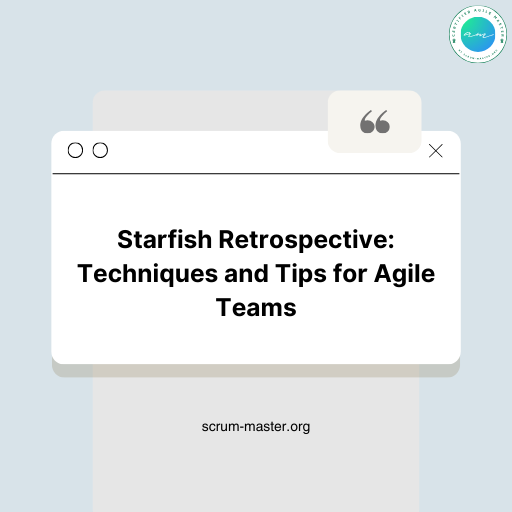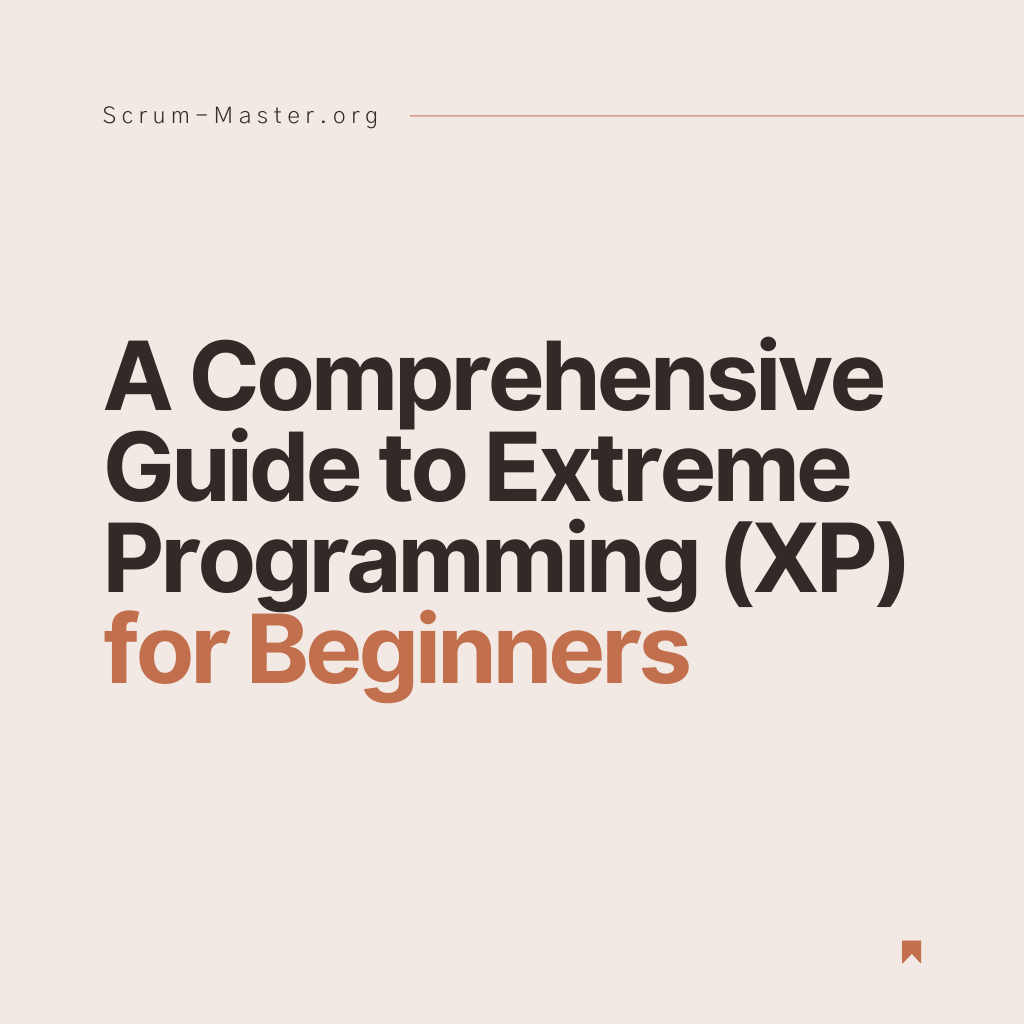In the ever-evolving world of Agile and product development, the Minimum Viable Product (MVP) emerges as a pivotal concept. Despite its potential for confusion or misuse, the MVP remains an invaluable asset for Agile professionals dedicated to delivering swift and effective value.
But, what precisely is an MVP, and how can it be leveraged to its fullest potential within the realm of product development? This article aims to demystify the MVP, shedding light on its crucial role within Agile methodologies.
Developed by Eric Ries in “The Lean Startup: The Million Copy Bestseller Driving Entrepreneurs to Success” the MVP is all about learning and risk management. It’s the bare minimum you need to test your ideas in the real world. This could be anything from a simple webpage to a basic app version, depending on what you need to learn or prove.
The goal is to get feedback with the least amount of work. This feedback then guides the next steps in development, ensuring that you’re always working on what’s truly valuable to your users.

MVP Success Stories
A great example of an MVP in action is Dropbox. Founder Drew Houston made a simple video demonstrating his file-sharing concept instead of building the full product. This video MVP was enough to validate user interest and guide the development of Dropbox.
This shows that an MVP doesn’t have to be a complete product; it just needs to effectively test your hypothesis.
Crafting Your MVP
Identifying the appropriate MVP is a critical step that significantly impacts your product’s potential success. Eric Ries outlines a strategic approach to crafting a Minimum Viable Product in “Lean Startup.” Here’s an enhanced explanation of the three pivotal steps to define an MVP:
- Clarify Your Learning Goals: Start by pinpointing exactly what you aim to learn through the MVP. Consider the core assumptions behind your product idea. What specific insights are you seeking? Are there assumptions you need to test? Your goal here is to identify the knowledge gaps your MVP aims to fill. This step ensures you’re not just building a product but also learning what truly matters to your target audience.
- Establish Key Metrics for Validation: Next, determine which metrics or indicators will prove if your hypotheses are correct. These metrics should be directly related to the learning goals you’ve set. They could range from user engagement rates to specific user actions that indicate value. Defining these metrics upfront gives you a clear benchmark for assessing the MVP’s success and guides your decision-making process moving forward.
- Design Your MVP with Precision: Now, with your learning goals and metrics in place, it’s time to design the MVP itself. This involves deciding on the essential features that will allow you to test your hypotheses with minimal effort. Focus on simplicity and functionality—what does your MVP need to do to provide learnings and validate your assumptions? This is about balancing the need to deliver value to the user while also ensuring you can gather the necessary insights efficiently.
Remember, the process of developing an MVP goes beyond simply building a product. It’s about creating a strategic tool for validation and learning. Each of these steps, while seemingly straightforward, demands thoughtful consideration and meticulous planning. The ultimate aim is not to launch a flawless product but to use the MVP as a lean, efficient means to test your ideas and refine them based on solid, actionable feedback. This approach not only saves time and resources but also significantly increases your project’s chances for success by ensuring it’s closely aligned with user needs and market demand.

Why A/B Testing Matters
A/B testing is a powerful technique used alongside digital MVPs. It involves comparing two versions of your product to see which one users prefer. This method relies on real data rather than guesses, making your development decisions more reliable.
For instance, if you’re unsure which feature to include in your app, you could create two MVPs — each with a different feature. By presenting these to users and analyzing their reactions, you can make informed decisions about what to include in the full product.

Conclusion
The MVP is a powerful tool that allows you to make mistakes while learning and investing as little as possible. It gives you greater control over your budget, and lets you test and learn quickly. Don’t forget that the MVP’s objective is to learn. The more you learn, the closer you get to creating a product that brings real value to your customers.
Remember, however, that the Minimum Viable Product is a concept with many connotations, depending on the context and the user. So it’s essential to understand what MVP means for your team and your product.
As a Scrum Master or agile coach, your role is to guide your team through this process, help clarify assumptions, and support the development, testing and learning that comes with creating an MVP.
Further Learning
For further exploration of the MVP concept and its applications, I recommend the following resources:
- “Lean Startup” by Eric Ries: A seminal text introducing the MVP concept.
- “Running Lean: Iterate from Plan A to a Plan That Works” by Ash Maurya: Focuses on Lean Startup practices, including MVP development.
- “The Lean Product Playbook: How to Innovate with Minimum Viable Products and Rapid Customer Feedback” by Dan Olsen: Offers practical insights into applying Lean Startup and Agile principles in product development.
Additionally, the article “What is an MVP (Minimum Viable Product)?” provides a thorough guide to understanding and implementing MVPs in your product development efforts.
These resources complement the insights shared in this article, offering a broader perspective on MVP’s significance and implementation in Agile and product development. Sharing this knowledge with peers and colleagues can enrich the collective understanding and application of MVP principles in pursuit of agility and innovation.







